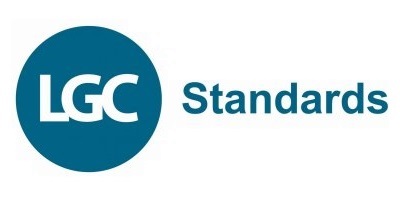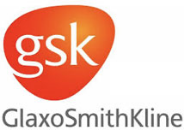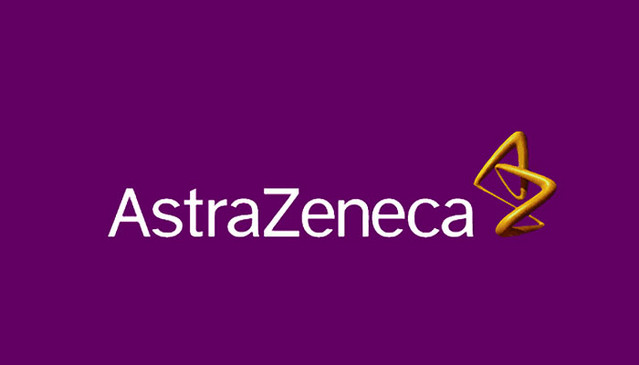April 2024 Controlled Drug legislation round up

April saw several regulators globally updating controls, including the USA, Poland, Netherlands and Germany. Meanwhile in the UK, the Advisory Council to the Misuse of drugs has ammended it's proposed control of chemical space relating to nitazine based opioids.
For those who want more regular updates, all this information and much, much more is available from Controlled Substances Squared weekly legislation updates - in addition to being able to check all your chemicals regulated status whenever you want simply by entering your chemical.
Below is a brief summary and highlights of some of the countries we monitor and encode in Controlled Substances Squared. The solution that allows you to easily and automatically check if your chemicals are regulated or controlled - even novel and propriatory chemicals
Due to the number and complexity of updates we can't include them all here, just a few of the highlights. Full details including all substances and legislation updates can be obtained by logging into Controlled Substances Squared at https://apps.scitegrity.com/
Germany
New legislation called the Cannabisgesetz (Cannabis Act) makes various changes to the control of cannabis within the BtMG (Narcotics Act). Cannabis and cannabis resin have been removed from the BtMG and are legal for personal use within certain boundaries. The various tetrahydrocannbinols remain controlled in the BtMG as Schedule 2 but there are new exceptions allowing use.
UK
The UK’s Advisory Council on the Misue of Drugs (ACMD) has updated their proposed nitazene generic to cover the control nitazene based opioids in the UK.
Scitegrity has previously analysed this generic and found it unlikely to cause significant issues for research in the pharmaceutical and chemicals industry, with well defined cores and R groups, unlikely to capture un related chemicals. The updated wording similarly does not appear to present any issues when checked against a library of over 10 million drug like R&D chemicals. The full wording of the generic is below, while the full correspondence between the ACMD and the UK government’s Home Office can be found here
The new proposed generic is now;
Any compound (not being a compound for the time being specified in sub-paragraph (a) above), with a maximum molecular mass of 500 atomic mass units, structurally derived from 2-(2-benzyl-benzimidazol-1-yl)ethanamine by modification in any of the following ways, that is to say: i) By substitution at the nitrogen of the ethanamine to any extent by alkyl substituents containing up to three carbon atoms or alkenyl substituents containing up to three carbon atoms or by inclusion of the nitrogen atom (and no other atoms of the side chain) in a cyclic structure. ii) By substitution in the phenyl ring of the benzyl system to any extent by alkyl or haloalkyl containing up to six carbon atoms, alkoxy or haloalkoxy containing up to five carbon atoms, acetyloxy, hydroxy, cyano, halogen, thioalkyl containing up to five carbon atoms or alkylsulphonyl containing up to five carbon atoms. iii) By substitution at the 5- or 6- positions of the benzimidazole system by nitro, acetyl, cyano, methoxy, trifluoromethyl, trifluoromethoxy or halogen substituents. iv) By substitution at the benzylic carbon by a methyl group. v) By replacement of the benzylic carbon by a nitrogen, oxygen or sulphur atom. vi) By substitution in the phenyl ring of the benzyl system by an ethoxy group linked back to the phenyl ring to form a dihydrobenzofuran structure. vii) By replacement of the phenyl ring of the benzyl system by methylenedioxyphenyl.
If you would like to check if your chemicals are impacted by this or other areas of controlled chemical space globally, please make contact with us.
USA
The Administrator of the Drug Enforcement Administration is issuing a temporary scheduling order to extend the temporary schedule I status of butonitazene, flunitazene, and metodesnitazene. The schedule I status of these three substances currently is in effect through April 12, 2024. This temporary order will extend the temporary scheduling of these three substances for one year, or until the permanent scheduling action for these substances is completed, whichever occurs first.
The DEA is also permanently placing 2-(2-(4-ethoxybenzyl)-1 H -benzimidazol-1-yl)- N,N -diethylethan-1-amine (etodesnitazene; etazene), 2-(4-ethoxybenzyl)-5-nitro-1-(2-(pyrrolidin-1-yl)ethyl)-1H-benzimidazole (other names: N -pyrrolidino etonitazene; etonitazepyne), and N,N -diethyl-2-(5-nitro2-(4-propoxybenzyl)-1 H -benzimidazol-1-yl)ethan-1-amine (protonitazene), including their isomers, esters, ethers, salts, and salts of isomers, esters, and ethers whenever the existence of such isomers, esters, ethers, and salts are possible within the specific chemical designation, in schedule I of the Controlled Substances Act.
Poland
Poland has recently added several new substances as controlled and more impactfully introduced a new generic statement controlling all arylocykloheksyloaminy (ayrl cyclohexamines).
These have all been added to Controlled Substances Squared allowing for automatic checks on chemicals against these. The full wording of the statement related to the ayrl cyclohexamines is below, while this link gives more details and diagrams
Każdy związek pochodzący od arylocykloheksyloaminy zawierający w strukturze cząsteczki element A (którego szczegółowa budowa jest określona w punkcie 8.1) połączony z elementem B (którego szczegółowa budowa jest określona w punkcie 8.2), o maksymalnej łącznej masie cząsteczkowej 500 u, oraz sole tych związków, o ile ich istnienie jest możliwe.
element A
- element A może zawierać następujące układy cykliczne: fenyl-, pirolil-, pirydyl-, tiofuranyl-, furyl-, metylenodioksyfenyl-, etylenodioksyfenyl-, dihydrobenzofuranyl-, benzotiofenyl-.
- atom wodoru w układach cyklicznych elementu A, o których mowa w lit. a, może być podstawiony w dowolnej pozycji (jednej lub kilku) podstawnikiem R w postaci atomu fluoru, chloru, bromu, jodu lub następujących grup: hydroksylowej, tiolowej, alkilowej (zawierającej do 6 atomów węgla, tj. do C6), alkoksylowej (do C6), alkilosulfanylowej (do C6), aminowej, przy czym możliwe jest utworzenie połączenia między podstawnikiem R a pierścieniem cykloheksylowym elementu B prowadzące do powstania układu cyklicznego. Tak utworzone układy cykliczne mogą zawierać do sześciu atomów (nie licząc atomów wodoru).
ELEMENT B:
a) podstawnikami R1 i R2, zlokalizowanymi przy atomie azotu, mogą być atom wodoru lub następujące grupy:alkilowa (do C6), cykloalkilowa (do C6), alkenylowa (do C6), alkinylowa (do C6). Ponadto podstawniki te mogą tworzyć układ cykliczny, w którym atom azotu jest zawarty w strukturze pierścienia pirolilowego, pirolidynylowego, piperydynylowego, morfolinylowego. Tak utworzone układy cykliczne mogą zawierać atomy węgla, tlenu, azotu, przy czym liczba atomów w pierścieniu może wynosić do siedmiu atomów. Układy cykliczne mogą być dalej podstawione, o ile jest to chemicznie możliwe, atomami: wodoru, fluoru, chloru, bromu, jodu lub następującymi grupami: hydroksylową, alkilową (do C6), fenylową. Wyżej wymienione podstawniki R1 i R2 mogą być dalej podstawione w każdej możliwej kombinacji, o ile jest to chemicznie możliwe, atomami lub połączeniami atomów węgla, wodoru, azotu, tlenu. Otrzymane w ten sposób nowe podstawniki mogą mieć najdłuższy łańcuch zawierający maksymalnie do dziewięciu atomów (nie licząc atomów wodoru i atomów w układzie cyklicznym),b) podstawnikiem R3 może być (w dowolnej pozycji – jednej lub kilku) atom wodoru lub grupa alkilowa (do C6), alkoksylowa (do C6), hydroksylowa, fenyloalkilowa (w łańcuchu alkilowym C1 do C4), grupa okso.”.
Netherlands
This update to the Opium Act puts an additional 8 compounds into Schedule (List) 1. One compound is removed from list 2 and added to List 1.
Do you want to be able to easily and automatically check if your chemicals are controlled and regulated - even for novel and propriatory chemicals - then you need Controlled Substances Squared.
Trusted by our Clients











